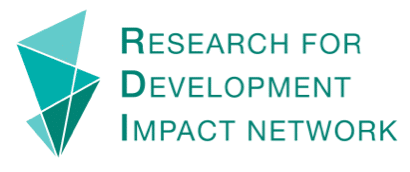Using visual aids and graphics are often cited as an effective tool to communicate research and evaluation outcomes. And there are… if used correctly! Graphics can draw focus on a specific message, convey a story, or showcase results in a different medium. It is important to know what kind of graphics are needed in your research communication, so that the translation to a visual format is accurate and relevant.
Here are the top three considerations for turning to visual mediums:
- Collaboration is key. It is likely that the illustrator or graphic designer that you work with, may have not have experience in your work’s specific research methodology. For the illustrator or designer to properly understand and convey the core points of your texts in illustration, there needs to be open dialogue ensure that interpretations was faithful.
- Know your audience. Graphics and illustrations make evaluations and academic work accessible to a non-technical audience or people outside the discipline or sector. These people could be funders, policymakers, or even local community leaders. Visuals may not always be the right approach to an audience that already knows the topic or issue. Depending on the artist or illustrator, more theoretical, data driven studies may be too complex to condense and make accessible in a visual format.
- Visuals are not always an effective option. Translating information accurately, succinctly, and effectively into a visual format is a skill. If there is no budget to hire an illustrator, and you or your team do not have that skill, then perhaps the most effective option is to not use any visuals. Ineffective visuals risk causing confusion, misinterpretation, and focus on the wrong message – even if it’s just a simple flow diagram!
Links:
- Don’t let publication be the end of the story – transforming research into an illustrated abstract (5min, blogpost)
- Four reasons to graphically illustrate your research (7min, blogpost)
- Illustration: get your research the attention it deserves (7min, blogpost)
- Using comics to explain research – Expert Reaction (10min, blogpost)
Photo by Lesia and Serhii Artymovych on Unsplash



